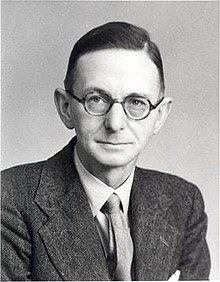Charles Green | |
|---|---|
 Charles Green c. 1965 | |
| Born | 1901 |
| Died | 1972 (aged 70–71) |
| Nationality | English |
| Occupation | Archaeologist |
| Known for | Work on the Sutton Hoo ship-burial and in East Anglia |
Charles Green (1901–1972) was an English archaeologist noted for his excavations in East Anglia, and his work on the Sutton Hoo ship-burial.[1] His "signal achievements" were his East Anglian excavations, including four years spent by Caister-on-Sea and Burgh Castle,[1] and several weeks in 1961 as Director of excavations at Walsingham Priory.[2] Green additionally brought his "long experience of boat-handling" to bear in writing his 1963 book, Sutton Hoo: The Excavation of a Royal Ship-Burial,[1] a major work that combined a popular account of the Anglo-Saxon burial with Green's contributions about ship-construction and seafaring.
Green began his career in archaeology as an assistant at the Salford Royal Museum, and in 1932 was named curator of The Museum of Gloucester. Much of his East Anglian work was carried out in the 1950s and 1960s on behalf of the Ministry of Works.[3][1] Green was also a member of the National Executive of the Council for British Archaeology, a one time President of the Norfolk Research Committee, and, at his death, the President of the Great Yarmouth Archaeological Society and vice-president of the Norfolk and Norwich Archaeological Society.[1]
- ^ a b c d e A. 1973.
- ^ Agutter 2011.
- ^ Johnson 1983, p. 1.